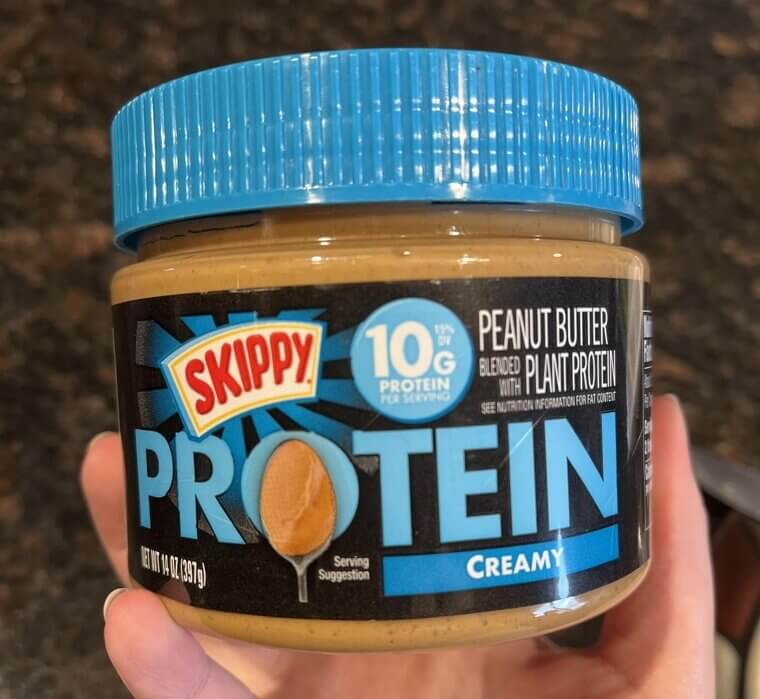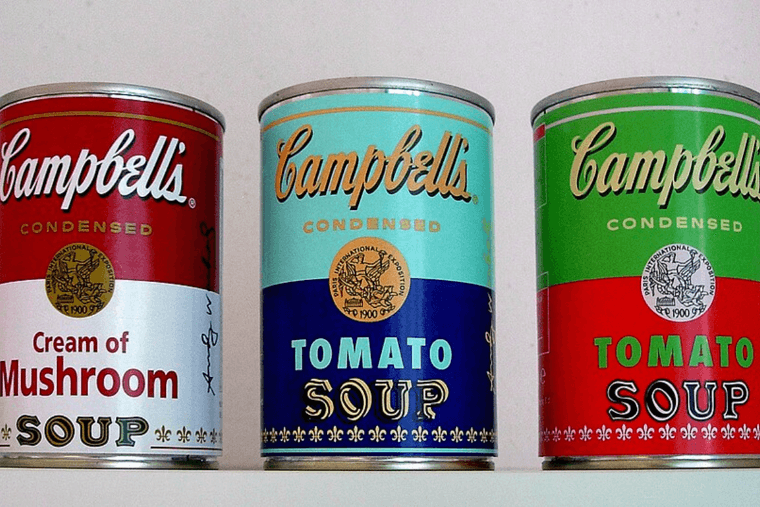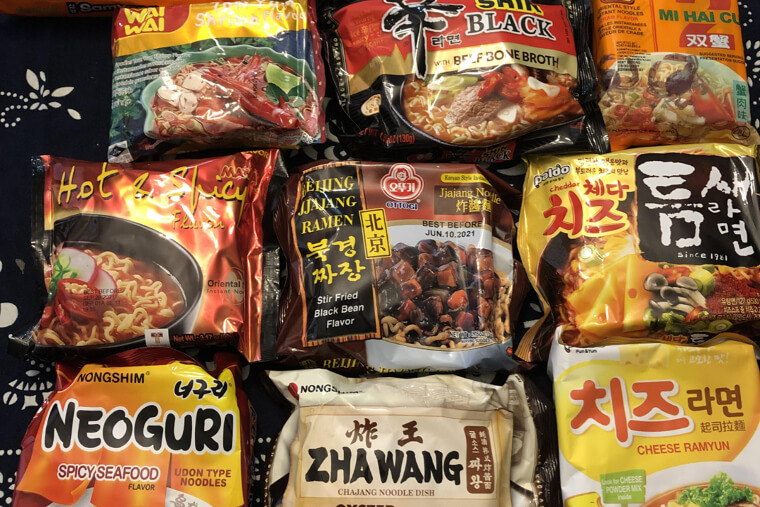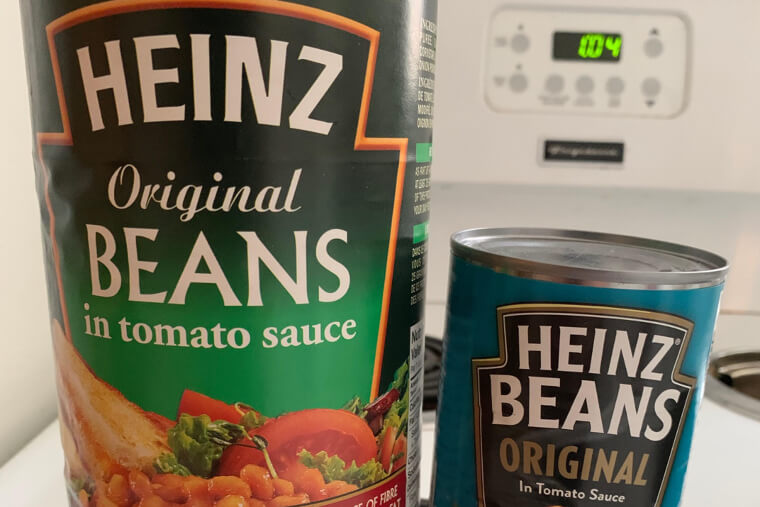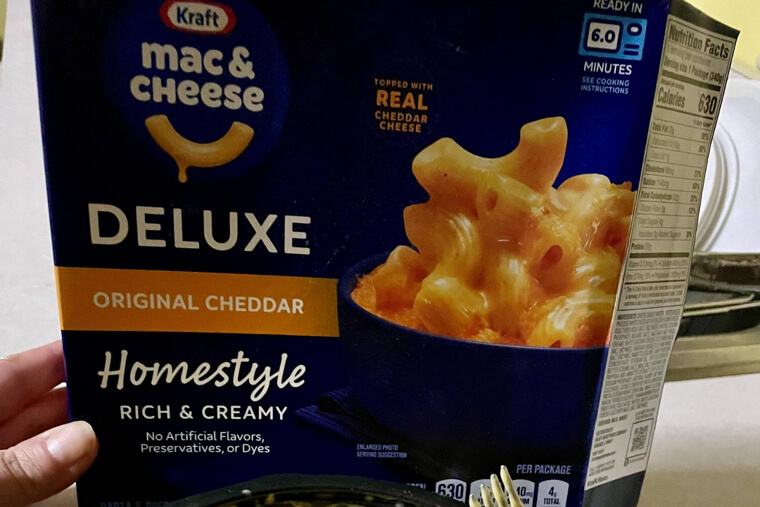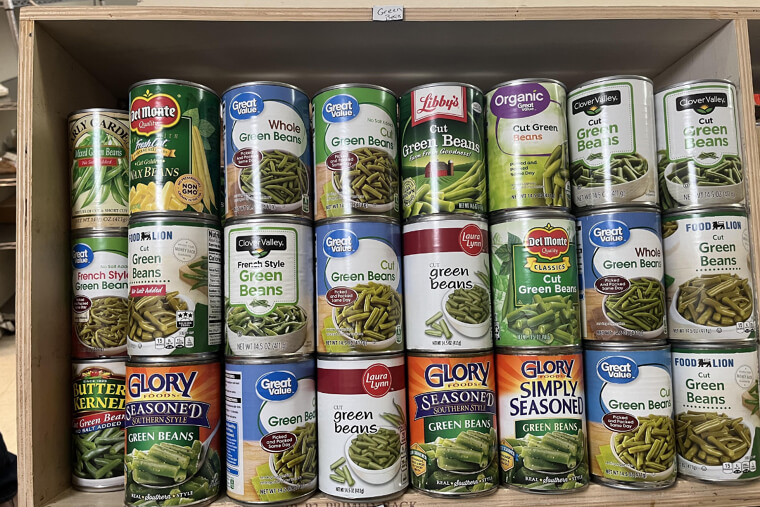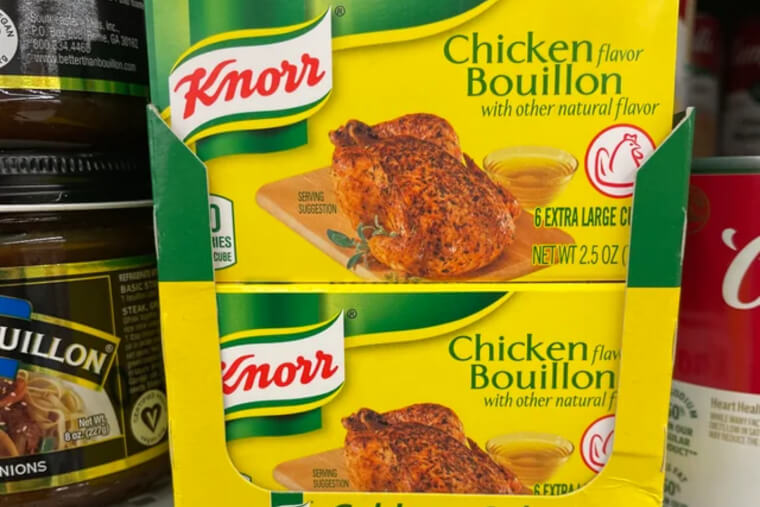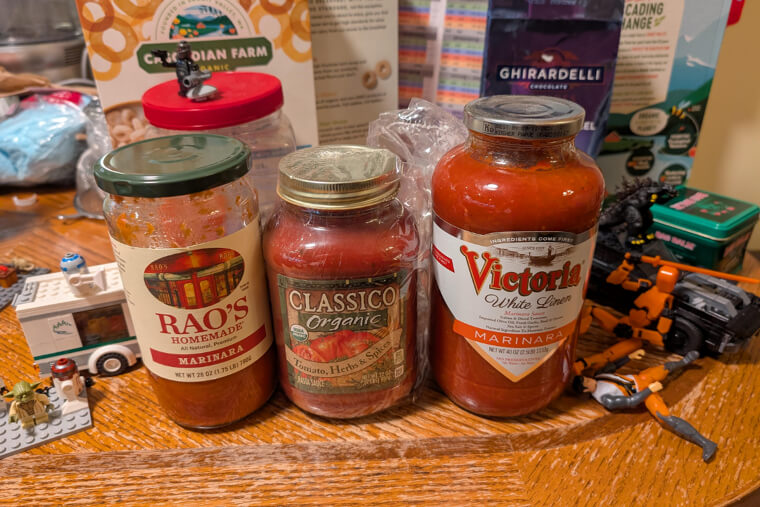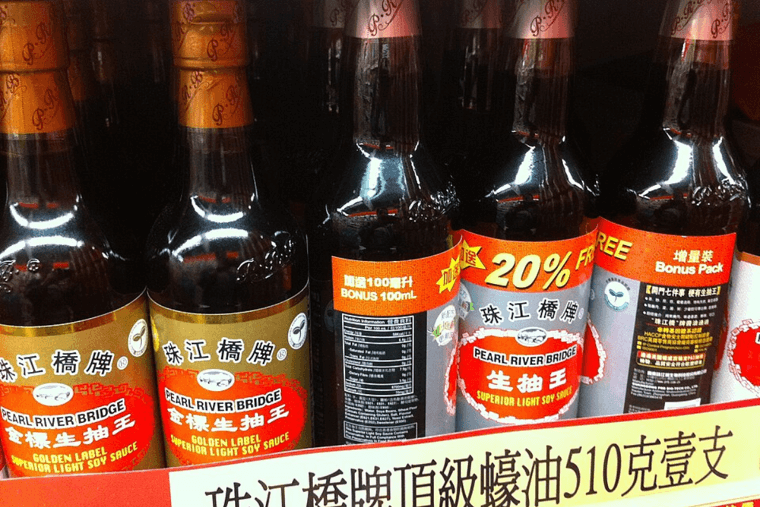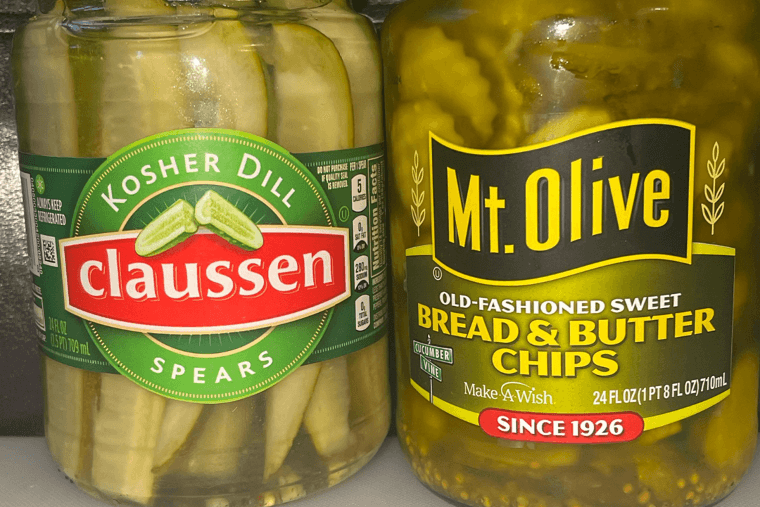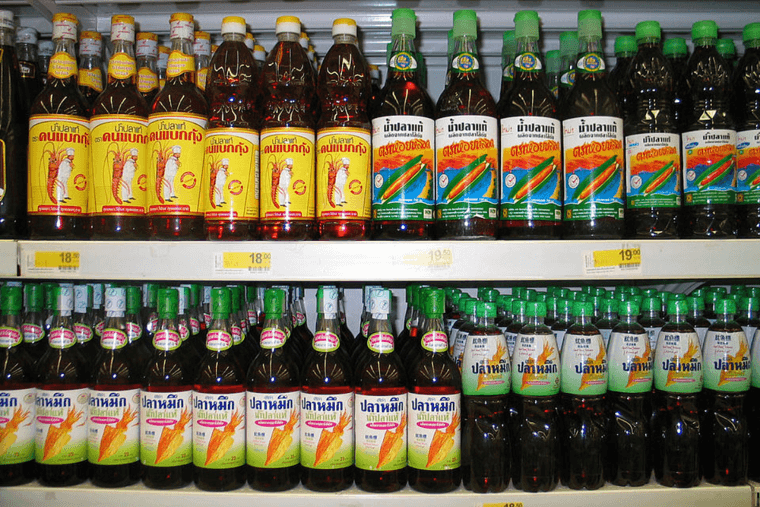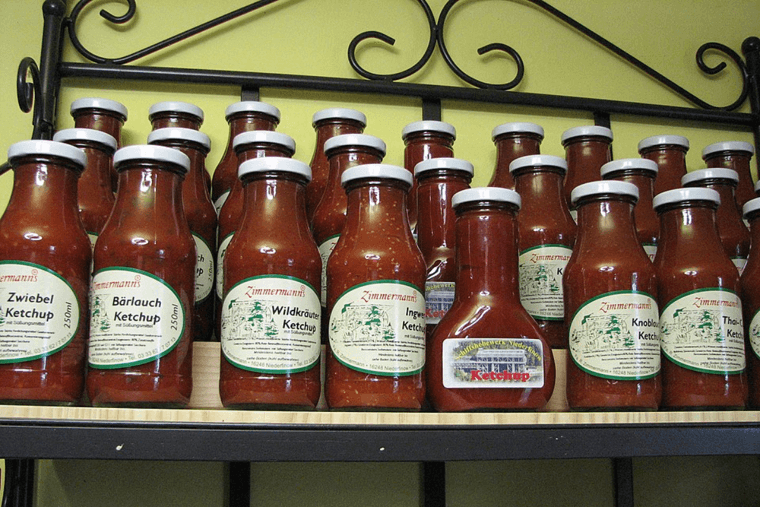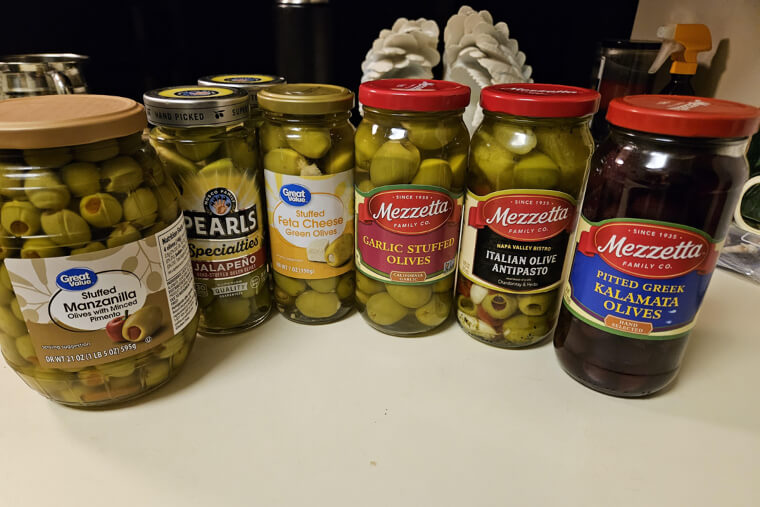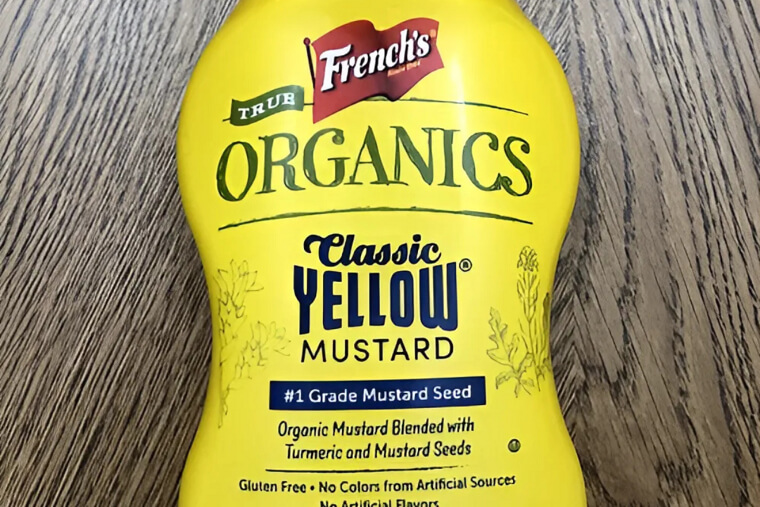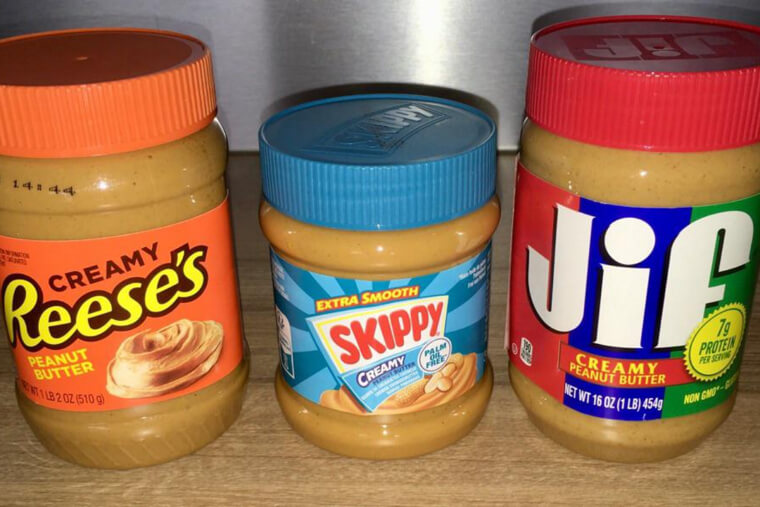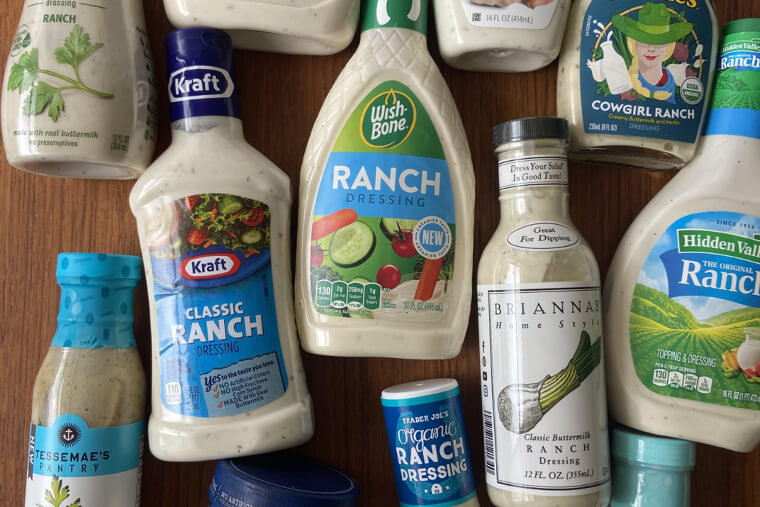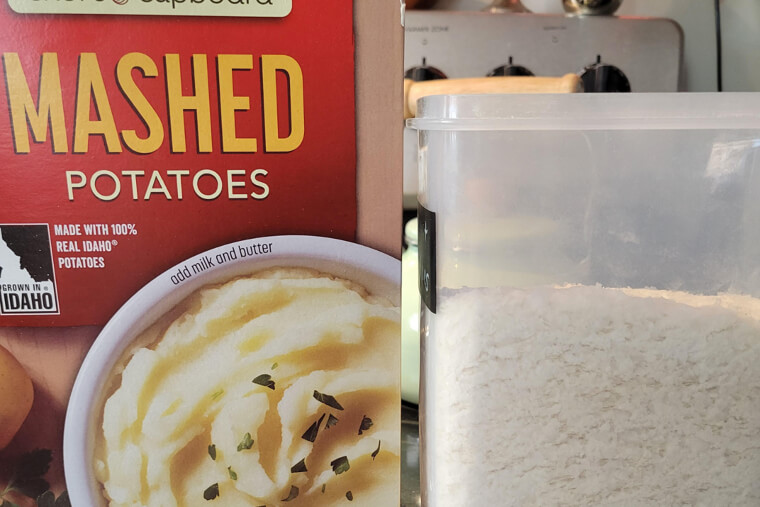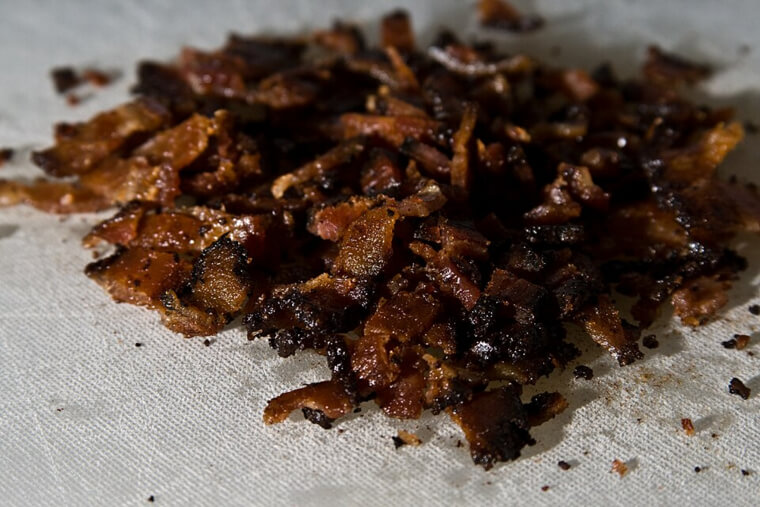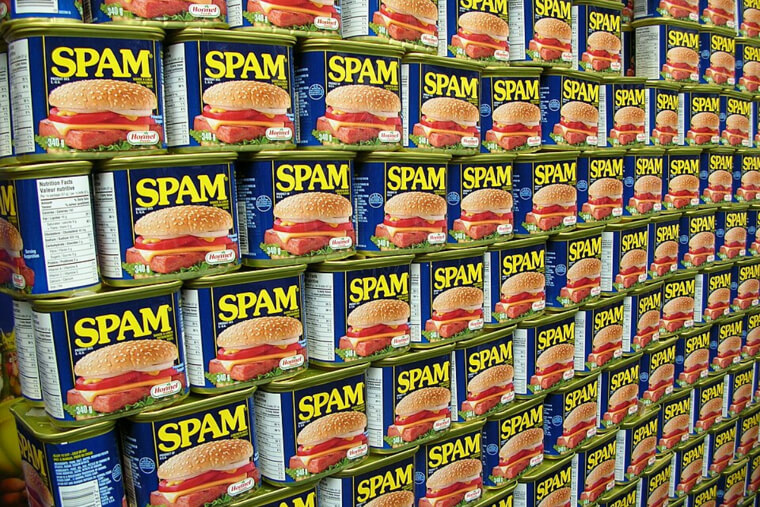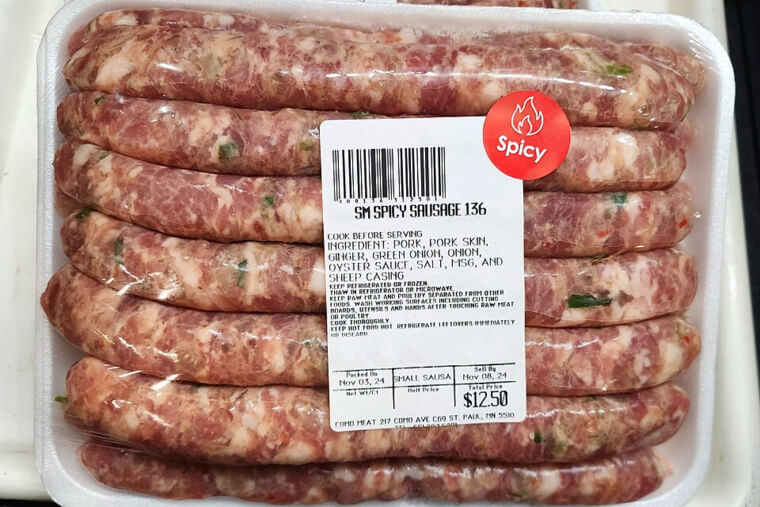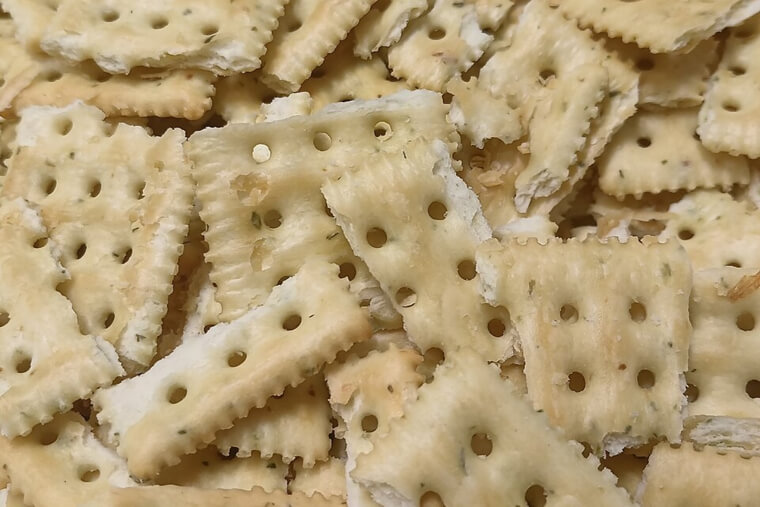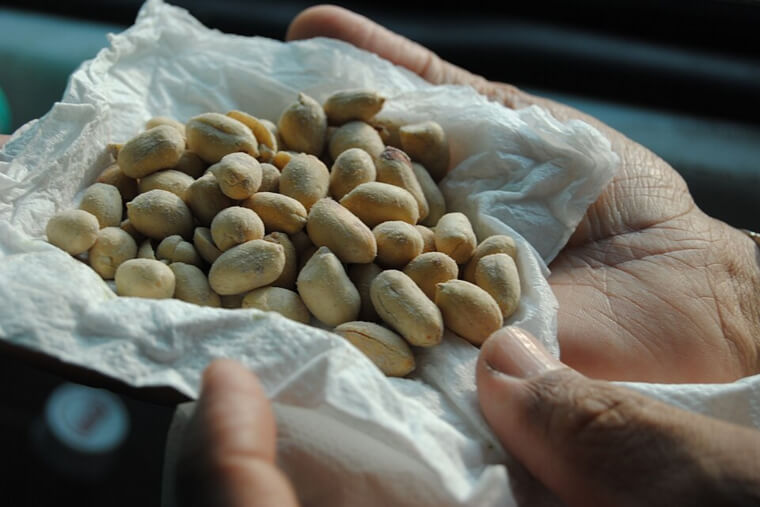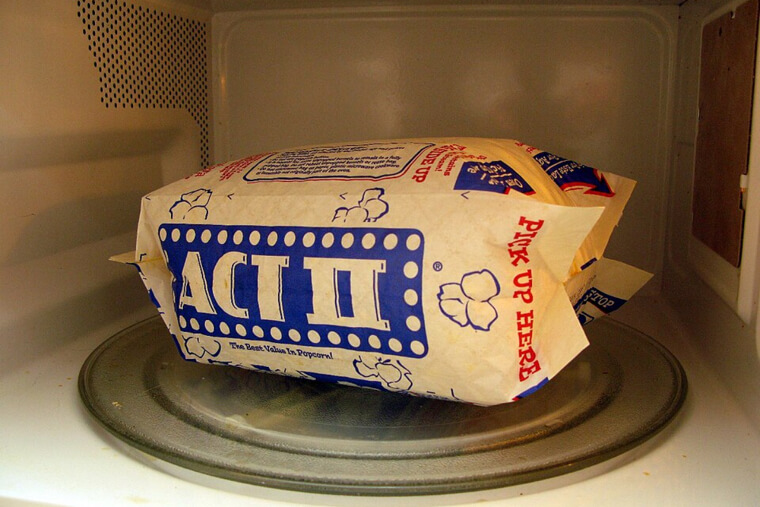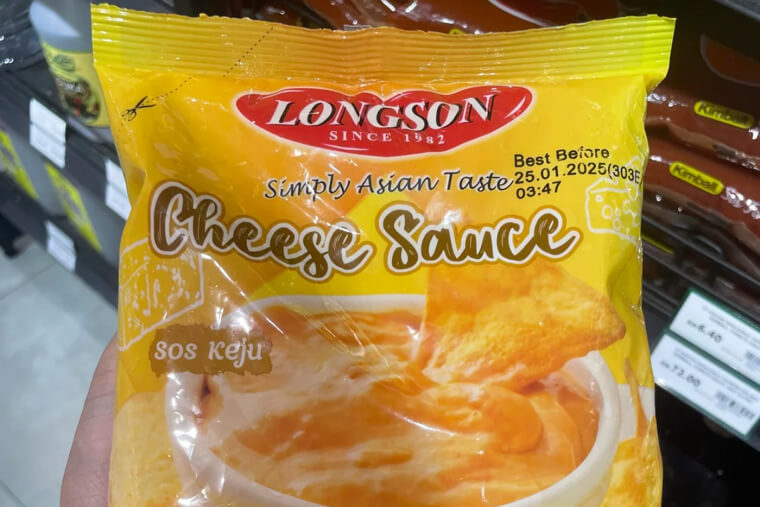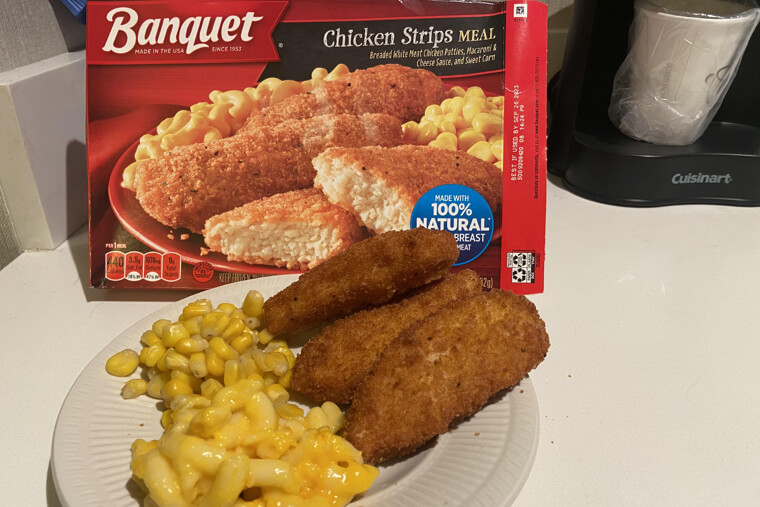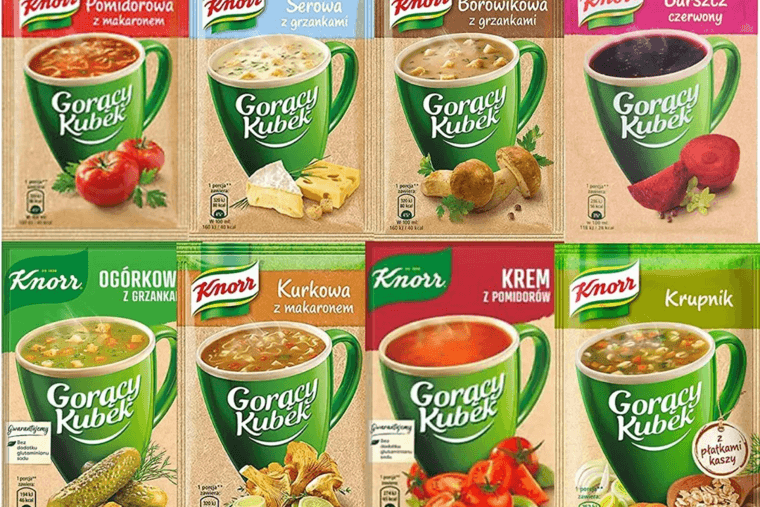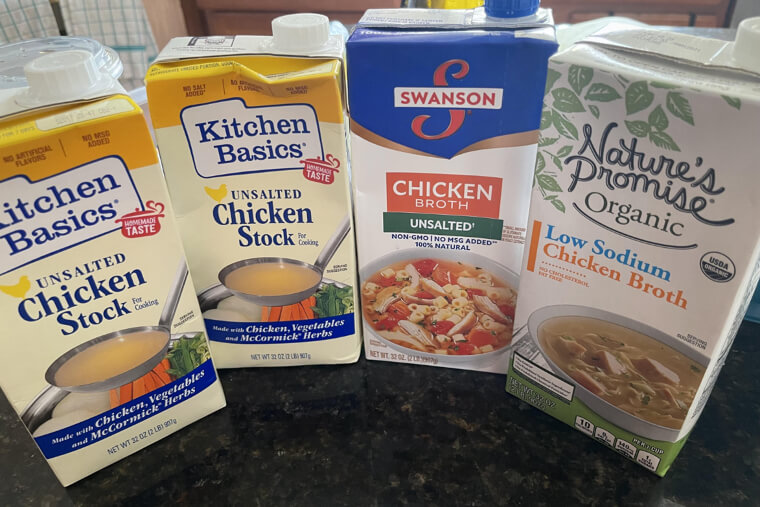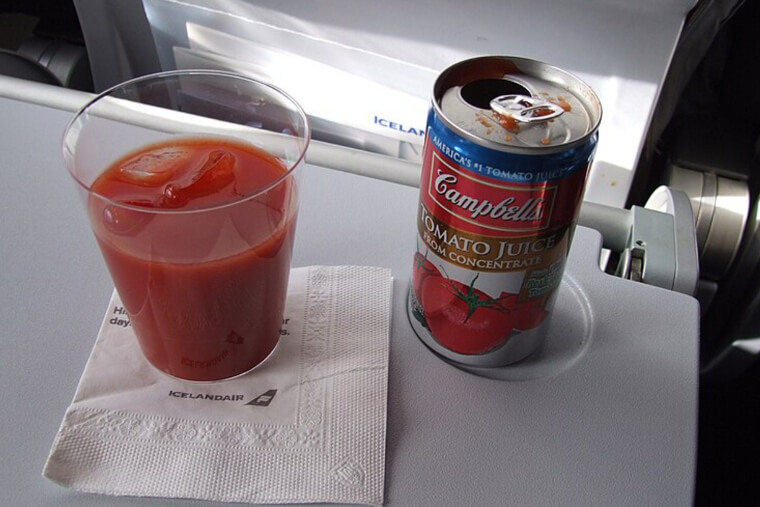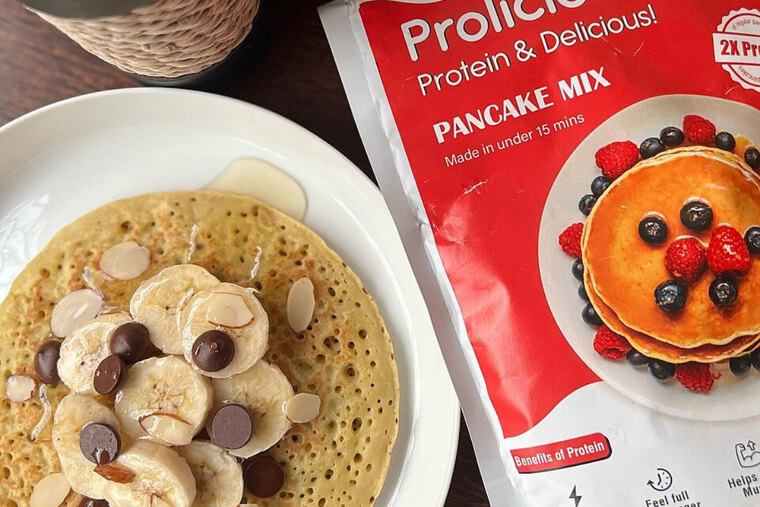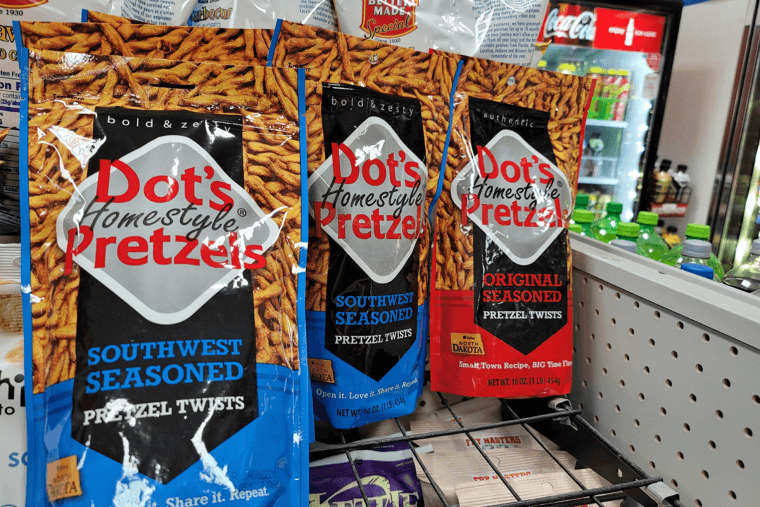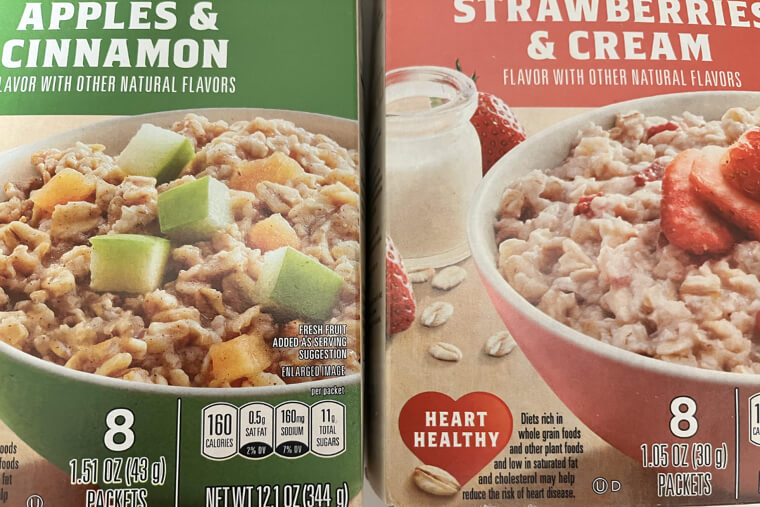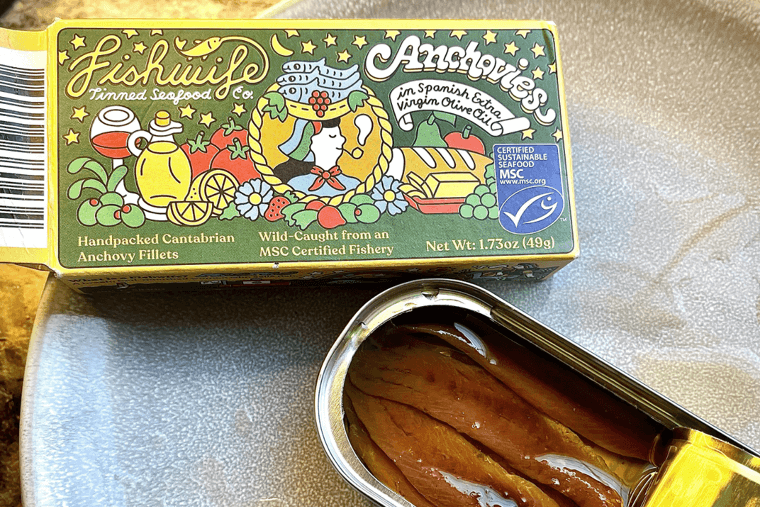What to Know About High-Sodium Pantry Ingredients
While on the hunt for a healthy diet, we often come across some foods that seem healthy on the surface but are packed with sodium (or salt) that can be extremely harmful to our health over time. Here is a list of high-sodium foods to watch out for.
Canned Soup
For a lot of us, canned soup is one of the go-to staples for a light, quick dinner. However, next time you go into the pantry, check the nutrition facts printed on the back. Most cans contain up to 1000 mg of sodium per serving, which is half the daily recommended amount.
Instant Ramen
If boxed mac ‘n cheese is bad, instant ramen is so much worse. These quick and easy noodle packs can have upwards of 1500 mg of sodium per packet (mostly contained in the seasoning).
Regular Canned Beans
Canned beans can be a convenient meal in itself or an important ingredient in many recipes. However, most cans contain salty brine that can easily cross your daily sodium threshold. If you absolutely have to use it, go for a ‘low-sodium’ option.
Boxed Mac ‘n Cheese
Boxed mac ‘n cheese mix is a true packaged food innovation but, that cost for that innovation is your heart. That cheese powder you love? It’s packed full of sodium—anywhere between 500 to 800 mg per serving. So next time, if you have a craving for the cheesy dish, try to make it from scratch.
Canned Vegetables
Salt is used as a preservative in many canned veggies to increase their shelf life. Ideally, vegetables are always best (and healthiest) when bought fresh, but if you HAVE to opt for a canned veg, be sure to rinse it before you consume it in any way.
Bouillon Cubes
Yes, making your own stock is hard work that takes a lot of time and patience. These tiny cubes can be a huge lifesaver in your busy schedule but, keep in mind that every tiny cube can contain up to 900 mg of sodium each.
Jarred Pasta Sauce
Again, jarred pasta sauce is one of those things that makes cooking so much easier but at the cost of your family’s health. In such sauces, salt is often used as a preservative. While making your sauce from scratch can take time, it can also save your family from consuming up to 700 mg of sodium per serving.
Soy Sauce
This may surprise you, but the seemingly harmless teaspoon of soy sauce that you add to your stir fry can contain up to 1000 mg of sodium. Salt is essential to the fermentation process used to make soy sauce. Thankfully, you can easily find low-sodium versions of this staple in stores today.
Teriyaki Sauce
This sweet and spicy Japanese glaze is made using soy sauce as one of its key ingredients. It is no surprise then that like soy sauce, teriyaki sauce is also extremely high in sodium (at least 600 mg of sodium per tablespoon).
Pickles
If you’ve ever had pickle brine, you know how salty it can be. Pickles, similar to the fermented products on this list, are made by pickling cucumbers in salty brine, hence the high sodium count. Eating a single pickle is on the same level as eating a quarter teaspoon of salt.
Fish Sauce
Like soy sauce, fish sauce also uses salt as a key ingredient in its fermentation process. Traditionally made by fermenting fish for up to two years with salt, this southeast asian ingredient can have more than 1000 mg of sodium in just a teaspoon of sauce.
Barbecue Sauce
Coming back to an American staple, we slather BBQ sauce on anything from fries to ribs. It is helpful, then, to keep in mind that barbecue sauce can contain anywhere between 300 to 400 mg of sodium in just two tablespoons (which is a lot more than most Americans normally eat at a time).
Ketchup
This may come as a surprise, considering that most ketchups taste more sweet than salty. However, every tablespoon of ketchup that you eat with those delicious fries can set you back up to 200 mg of sodium.
Olives
Similar to the pickles, canned and jarred olives also use large amounts of salts to preserve them in their brine. As such, a small serving of olives can have more than 400 mg of sodium in it.
Yellow Mustard
This one is less surprising than ketchup, but still as bad. Made by combining ground mustard seeds with vinegar or wine, a tablespoon of mustard can typically contain anywhere between 100-200 mg of sodium (depending on the brand). This count can go a lot higher if you opt to use Dijon or spicy mustard.
Salted Peanut Butter
While natural or unsalted peanut butter has little to no sodium in it, the ordinary can of Jif can set you back more than 100 mg of sodium per tablespoon. The salt does not come from the peanut itself but is added in as a flavouring while making peanut butter. If you are a nut butter lover, you will do best sticking to the more natural or organic versions.
Salad Dressing
You’re eating salad. How can that be unhealthy, right? Well, bottled salad dressings typically contain more than 300 mg of sodium for every 2 tablespoons. Italian dressing and ranch can have a lot more. Like most other sauces, salt is used as a preservative in salad dressings.
Instant Mashed Potatoes
Like all other preserved items, powdered instant mashed potato mixes almost always have salt thrown in to make it shelf stable. This means that while home made mashed potatoes have very little sodium, the instant version can have more than 300 mg of sodium per serving.
Canned Chilli
Making chilli from scratch can take more than five hours so it's understandable if you reach for a canned one. However, canned chilli has some of the highest salt contents among canned foods (upwards of 1000 mg per serving; half of the daily recommended amount).
Bacon Bits
Whether you opt for real bacon bits or the imitation ones, you will end up with a mouthful of salt. A single sprinkle of bacon bits can have more than 100 mg of salt, and let’s be honest—you’re using way more than a single sprinkle.
Canned Meats
If you reach for spam or Vienna sausages as your source of protein for dinner, make sure you know what you’re putting into your body. A two-ounce serving of spam has 790 mg of sodium. For reference, the daily recommended sodium intake for an adult is 2000 mg.
Vacuum-Packed Deli Meats
While there is a lot of variety in the fat content of packaged deli meats, most of them have high salt content. Even a low salt pack of turkey can have more than 500 mg of sodium in it.
Salted Crackers
Whether it’s Ritz or some other generic crackers, they will always be high in sodium. Some salted crackers are also dusted with extra salt on top, making them a double offender.
Beef Jerky
It's protein-rich, it’s tasty, it's portable. Beef jerky is one of the most perfect snacks ever invented. The only thing is, to make beef into jerky, it needs to be salt-preserved. This means that any jerky you dig into will be extremely high in sodium. If you can’t handle the salt, it’s better to stay away.
Salted Nuts
Planters has done a great job convincing us that their peanuts are a “healthy snack”. However, the truth is that a single ounce of salted peanuts has 170 mg of sodium. You will also find similar statistics with other salted nuts. If you want a truly healthy snack, the best thing to do is buy raw nuts and toast and salt them at home.
Microwave Popcorn
Let’s be honest—you weren’t eating popcorn for its health benefits. It’s tasty, buttery and easy to snack on. But, always keep in mind that flavoured popcorn can carry more than 300 mg of salt per serving so, it is a snack best enjoyed in moderation.
Cheese Sauce Mixes
Like the boxed mac ‘n cheese packets, cheese mixes sold for nachos and pasta can have a high level of salt in them. Similar to other sauces, salt is added to these mixes to make them more shelf stable.
Frozen Dinners
Most of us have dug into a microwaveable frozen meal at some point or other. Whether it’s TV Dinners or Lunchables, it’s a quick fix for a supposedly healthy dinner. But, like most other frozen or packaged meals, these dinners are often preserved using salt, making them extremely high in sodium.
Dehydrated Soup Mixes
It's been a long day, and you want a healthy, light dinner option. So you reach for the pack of soup mix in your pantry, add some hot water, and you’re done! Right? Well, along with the hot water, you are also adding more than 700 mg of salt per cup of soup to your body.
Canned Broth
Like the Bouillon Cubes, canned broth also uses salt as a preservative. As a result of this, it has a sodium content of more than 800 mg per cup. If you regularly make soups and broths as part of your meals, you would do best to batch-make broth and freeze it.
Canned Tomato Juice
Tomato juice is just one of those ingredients that you rarely use. Because of this, its high sodium content might come as a surprise to many. An 8 ounce can of tomato juice has more than 250 mg of salt, making it very unhealthy to use regularly.
Baking Mixes
Boxed pancake mixes, biscuit mixes, cake mixes, brownie mixes, all fall under this category. Like most other convenient pre-mixed items on this list, salt increases the shelf life of such mixes but also give it a sodium content close to 600 mg per serving.
Pretzels
A crunchy salted snack that many of us reach for in the middle of a work day, a single ounce of pretzels can have over 400 mg of sodium.
Flavoured Instant Oatmeal
Honestly, rolled oats are easy enough to make. Opting for a flavoured instant mix is simply adding extra salt and fat to your diet for no good reason. Some flavours of these oatmeal mixes can have more than 300 mg of sodium.
Tinned Anchovies (and Other Fish)
Like pickles and olives (and somewhat like the fish sauce), tinned fish are preserved in a salty brine, making them extremely high in sodium. An ounce of tinned anchovies, for example, has more than 700 mg of sodium in it.

